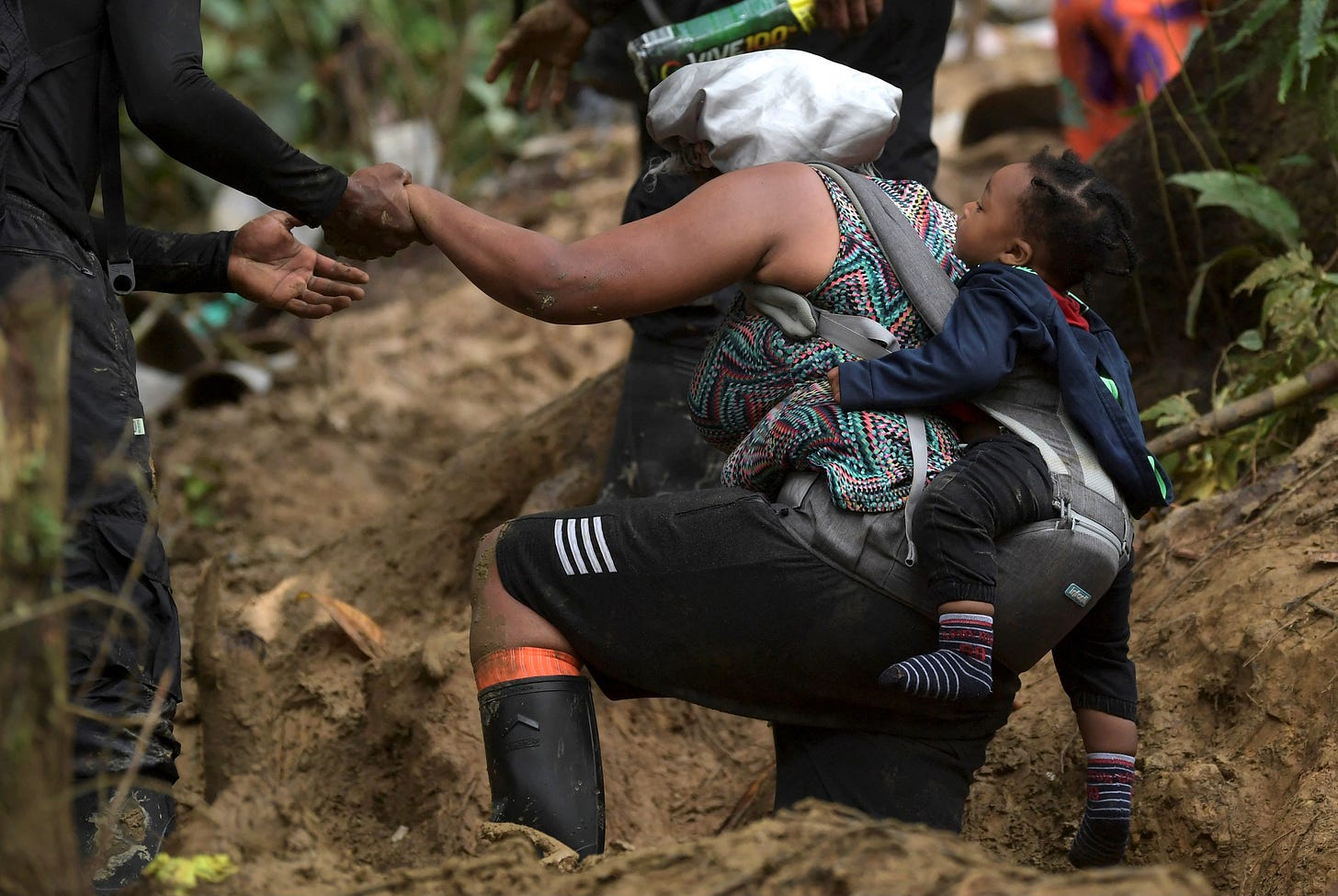A Reporter’s Journey through the Darién Gap: A Q&A with Author Belén Fernández
"As a microcosm embodying the chasmic and fortified gap between haves and have-nots, the Darién Gap is as good an expanded U.S. border as any."

What has been happening on the Darién Gap, one of the deadliest border crossings in the Western Hemisphere? Luckily, we have author Belén Fernández here to give us an in-depth rundown. Fe…
Keep reading with a 7-day free trial
Subscribe to The Border Chronicle to keep reading this post and get 7 days of free access to the full post archives.

